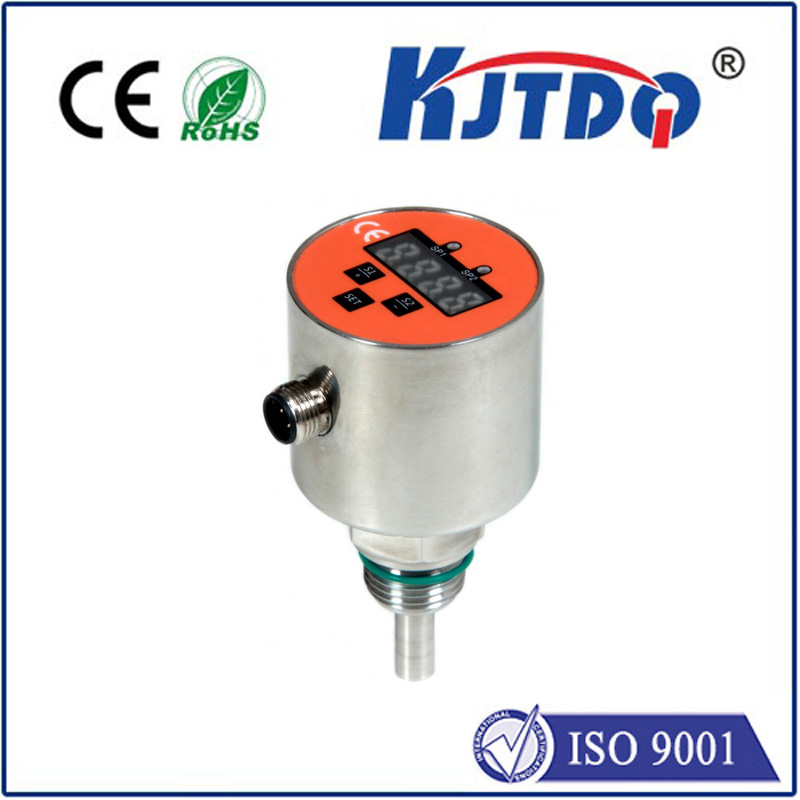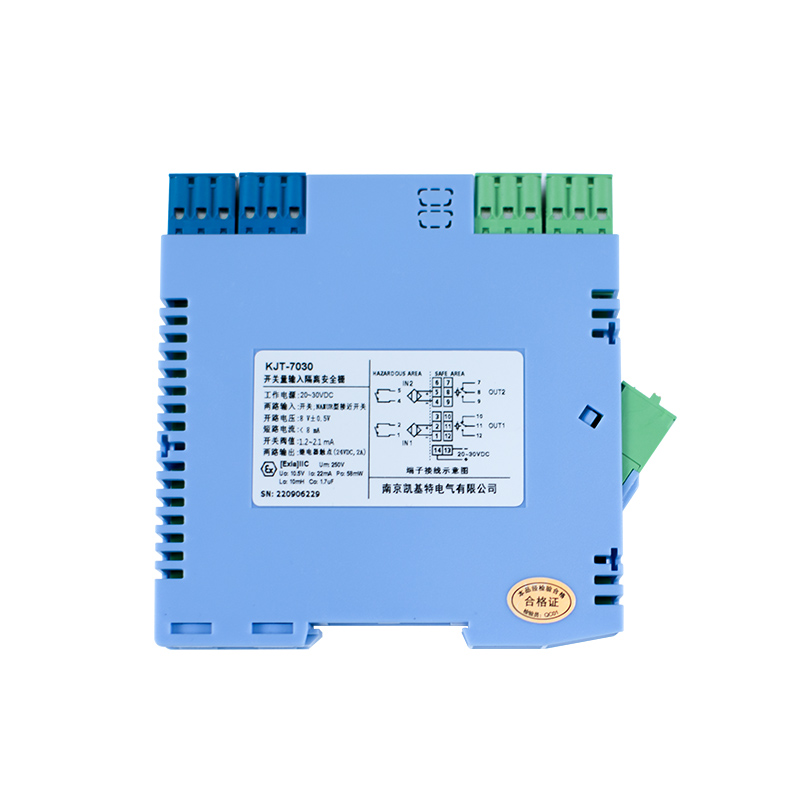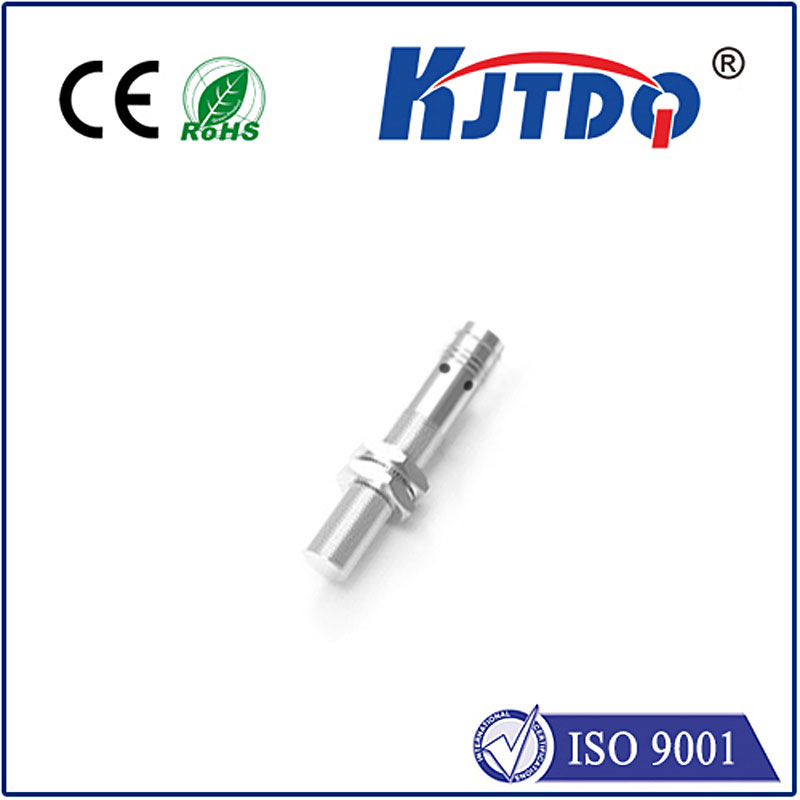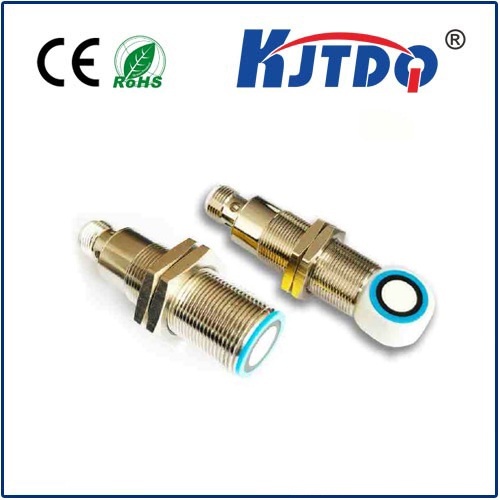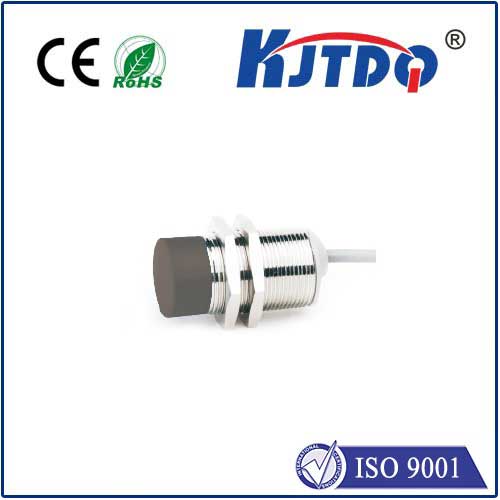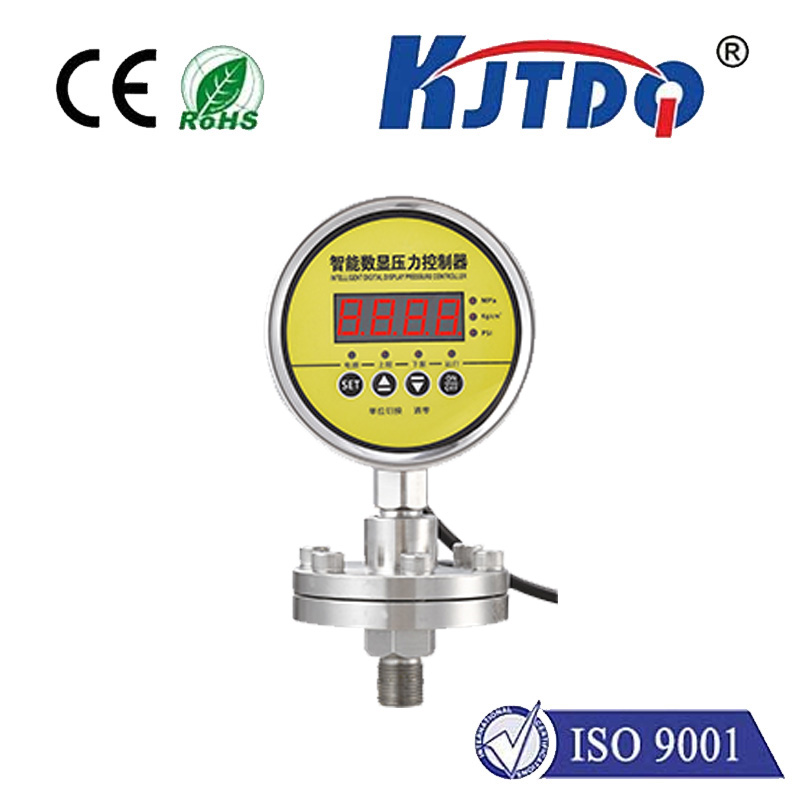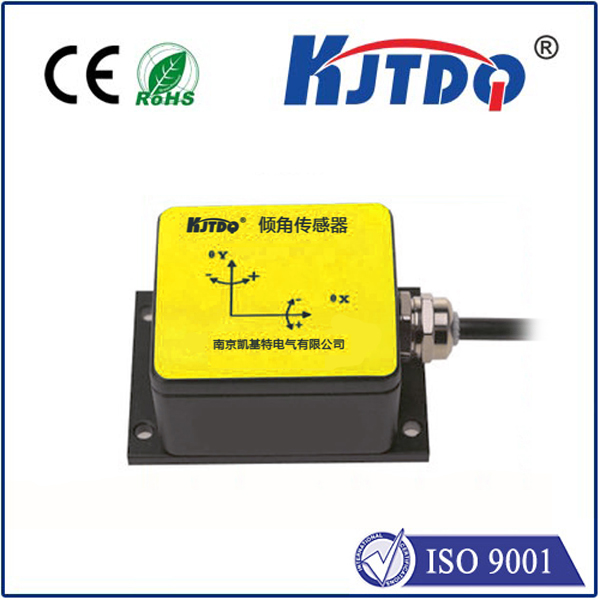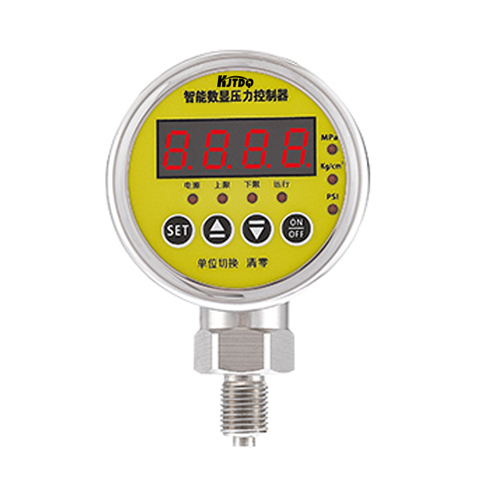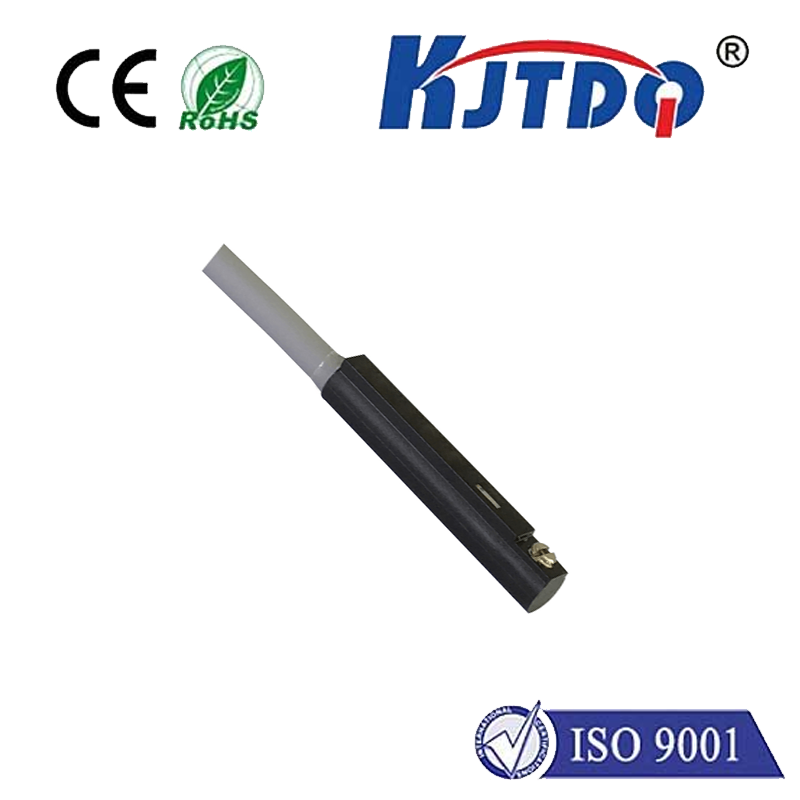optical ph sensor principle
- time:2025-08-15 00:00:07
- Нажмите:0
Optical pH Sensors: Illuminating the Secrets of Acidity Without Electrodes
For decades, the glass pH electrode reigned supreme in measuring acidity and alkalinity. But what if we could ditch the fragile glass, complex reference systems, and electrical connections? Enter optical pH sensors – a revolution powered by light. This article delves into the fundamental principle behind these innovative devices, revealing how they translate subtle chemical changes into precise optical signals, enabling pH measurement where traditional electrodes struggle.
Beyond Glass: The Promise of Light-Based Sensing
Measuring pH is critical across countless industries, from environmental monitoring and biotechnology to food processing and pharmaceutical manufacturing. While reliable, traditional electrochemical sensors have limitations: sensitivity to electrical interference, fragility, difficulty miniaturization, and the need for frequent calibration and maintenance. Optical pH sensors offer a compelling alternative, leveraging the interaction between light and specially designed chemical materials to detect hydrogen ion concentration (pH). Their core principle hinges on the optical properties of substances that change predictably with pH.
The Heart of the Matter: pH-Sensitive Indicator Dyes
At the foundation of most optical pH sensing lies the pH indicator dye. These are organic molecules whose molecular structure, and consequently their interaction with light, is dramatically altered by the concentration of hydrogen ions (H⁺) in their environment.
- The Chromophore Shift: The key functional group in these dyes is often a chromophore – a part of the molecule responsible for its color. When H⁺ ions bind to or dissociate from specific sites on the dye molecule (protonation/deprotonation), the electron distribution within the chromophore changes.
- Absorption or Emission Change: This altered electron distribution modifies the dye’s light absorption spectrum (absorbance-based sensors) or its fluorescence properties (fluorescence-based sensors).
- Absorbance: The dye changes color. For example, it might absorb more blue light and less red light in acidic conditions, appearing red, and reverse this behavior in basic conditions, appearing blue.
- Fluorescence: The dye’s ability to absorb light at one wavelength and re-emit it at a longer wavelength (fluorescence intensity) or the wavelength of the emitted light itself (fluorescence wavelength) changes significantly with pH.
Immobilization: Trapping the Dye for Practical Use

A dye dissolved freely in solution isn’t practical for a sensor. The crucial step is immobilizing the pH-sensitive indicator onto or within a solid, inert, and permeable substrate (the transducer or support matrix). Common matrices include:
- Polymers: Sol-gels, hydrogels, or plasticized PVC films.
- Porous Supports: Glass, cellulose, or silica particles.
- Nanomaterials: Often used to enhance sensitivity or response time.
This immobilization traps the dye at the sensing spot while allowing H⁺ ions to diffuse in and out, ensuring the dye’s optical properties directly reflect the pH of the surrounding medium. The matrix must be chemically stable, prevent dye leaching, and allow rapid ion exchange.
From Chemical Change to Optical Signal: The Measurement Principle
This is where the primary optical pH sensor principle manifests:
- Light Delivery: Light at specific wavelengths, generated by an LED or laser, is guided to the immobilized dye layer – typically via an optical fiber (often called a pH optrode when fiber-based). The fiber serves as a robust conduit, enabling remote or in-situ sensing.
- Interaction in the Sensing Layer: The light interacts with the pH-sensitive dye molecules immobilized in their matrix. Depending on the current pH, the dye molecules exhibit a specific absorption profile or specific fluorescence characteristics.
- Signal Alteration:
- In Absorbance Sensors: The intensity of specific wavelengths of light passing through the dye layer (transmission) or reflecting off it (reflectance) is attenuated based on how much light the dye absorbs at that pH. The pH is determined by the ratio of light intensities at two or more specific wavelengths (e.g., one where absorbance changes a lot, one where it doesn’t).
- In Fluorescence Sensors: The incident (“excitation”) light causes the dye to fluoresce. The intensity of the emitted fluorescence light, or sometimes its exact wavelength (color), shifts depending on pH. Measuring the intensity ratio at two emission wavelengths or the shift in emission peak wavelength provides the pH value. Fluorescence often offers higher sensitivity than absorbance.
- Light Detection and Analysis: The altered light signal (transmitted, reflected, or fluoresced light) travels back, often via the same or another optical fiber, to a detector (like a photodiode or spectrometer). Sophisticated electronics and software analyze the signal characteristics (intensity ratios, wavelength shifts, decay times) and correlate them directly to a pH value using calibration curves stored in the instrument.
Key Advantages Enabled by the Optical Principle
The inherent operating principle of optical pH sensors bestows several significant benefits:
- Electrode-Free Operation: Immunity to electrical noise, electromagnetic interference (EMI), and problems caused by reference electrode failure or fouling.
- Non-Conductive Media: Measure pH in pure solvents, oils, or low-ionic-strength solutions where glass electrodes fail.
- Miniaturization & Integration: Easily fabricated into very small probes, lab-on-a-chip devices, or even implantable sensors. Optical fibers enable measurements in hard-to-reach locations.
- Remote Sensing: Optical fibers allow the light source and detector to be meters or kilometers away from the harsh measurement environment (e.g., inside reactors, pipelines, or hazardous areas).
- Reduced Maintenance: No fragile glass to break, no liquid junctions to clog or dry out (though the sensing layer itself can degrade or foul over time).
- Multiplexing Potential: Multiple sensors using different dyes or at different locations along a single fiber can be interrogated simultaneously.
Where Light Prevails: Applications
Leveraging their unique principle and advantages, optical pH sensors are ideal for:
- Biomedical Research & Diagnostics: Real-time intracellular pH measurement, blood gas analysis, wearable health monitors.
- Bioreactor Monitoring: Sterile, non-invasive pH tracking in cell cultures and fermentation processes.
- Environmental Sensing: Long-term deployment in oceans, rivers, soils, and wastewater treatment plants.
- Food & Beverage Quality Control: In-line pH monitoring during production.
- Chemical Process Industries: Measurements in aggressive chemicals, high temperatures/pressures, or explosive atmospheres.
- Microfluidics & Lab-on-a-Chip: Integrated pH sensing in microscopic analytical systems.
Compromises and Considerations
While powerful, the optical pH sensing principle does involve trade-offs. Sensitive indicator dyes can photobleach (degrade due to light exposure) over time. The sensing membrane itself can drift, foul, or leach dye, requiring periodic recalibration or replacement. Achieving the same long-term stability as high-quality glass electrodes in routine lab environments can be challenging. Sensitivity and dynamic range depend heavily on the chosen dye and immobilization chemistry.
By harnessing the predictable interaction of light with intelligent molecular designs, optical pH sensors offer a versatile and powerful alternative to traditional electrochemical methods. Understanding the core principle – the immobilization of pH-sensitive dyes whose optical properties shift with acidity, coupled with precise optical signal interrogation – unlocks their potential to measure pH reliably in demanding environments where conventional sensors simply cannot venture. As materials science and optoelectronics advance, these light-based probes continue to illuminate new frontiers in analytical chemistry and process control.

